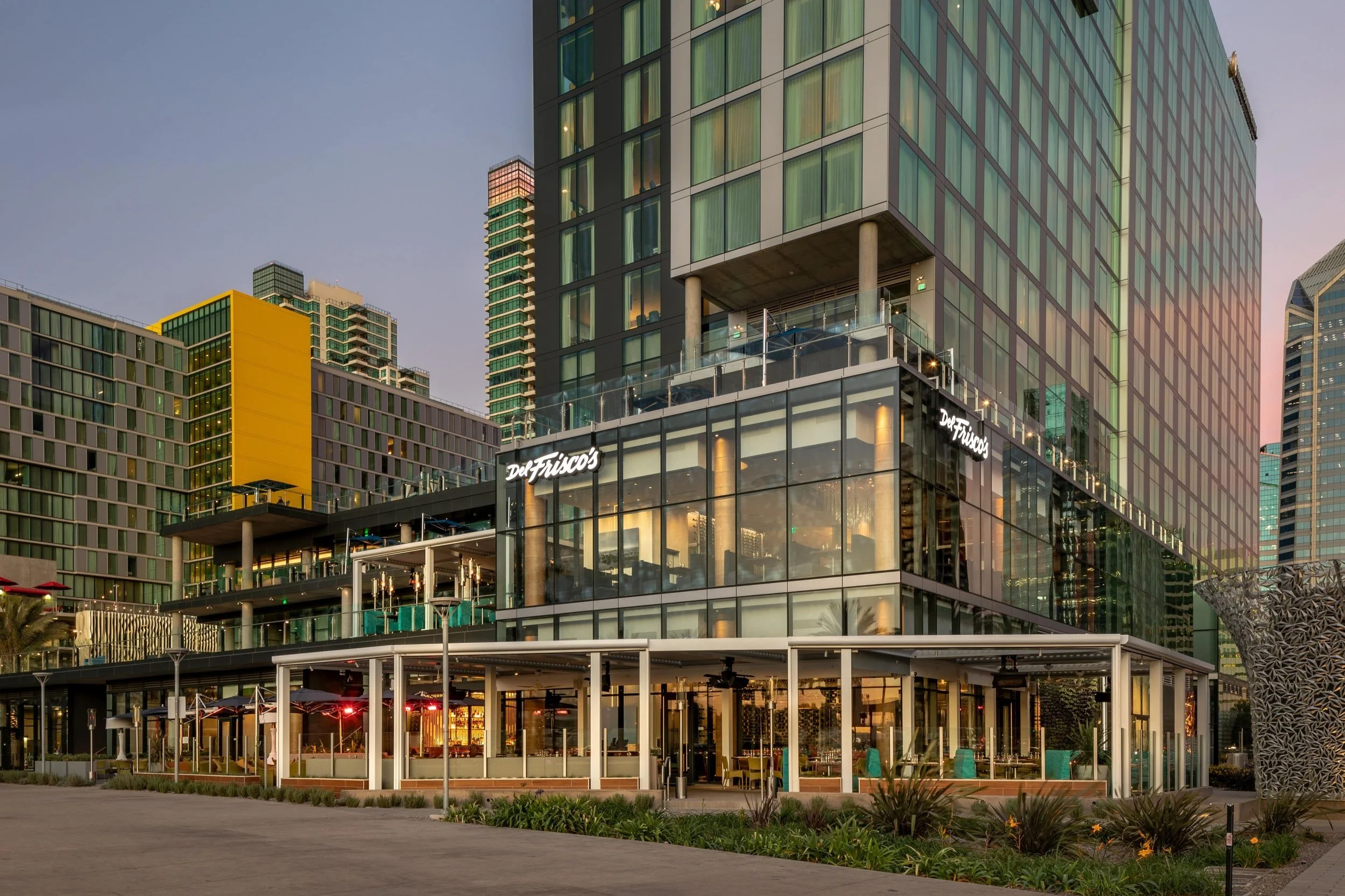How Did the Pandemic Impact Home Design Trends?
The COVID-19 pandemic has forever changed the way humans work, play and connect. However, many would argue that its most lasting impact is found at home in today’s design trends. Americans are spending more time at home than ever before, and residential architecture is starting to reflect that.
Gone are the days of open-floor plans and dark interiors. Today’s generation craves privacy, places they can go to escape the uncertainty and constant clamor of everyday life. Needs and wants are changing, and home design is shifting to accommodate them.
image © pexels
Nostalgic Flair
When life brings uncertainty, it’s human nature to cling to familiarity and simplicity. This widespread sentiment manifests itself as nostalgic flair in today’s interior designs. Ditsy floral prints, wallpapers, antiques and a continuation of quieter pastimes like reading and baking are making their way back into the American home. Even Greek keys and columns are becoming more popular as consumers reach back — mostly subconsciously — for features that symbolize strength and fortitude.
Biophilic Design
If you loved plants before the pandemic, you’re probably crazy about them now — and with good reason. A strong connection to nature promotes productivity and happiness, making it essential in the post-pandemic age. From large windows and sliding glass doors to greenery and earth tones inside, biophilic design is practically everywhere these days. This trend is all about designing homes that feel like a refuge, so it’s no wonder that it benefits your wellbeing.
Outdoor Entertainment Space
The pandemic made it difficult — if not impossible — to gather in public places like bars and restaurants. Thus, many people had to rely on home entertainment spaces for hosting small get-togethers. Now, outdoor spaces are becoming the go-to spot for these kinds of gatherings, so design trends are shifting to accommodate consumer demand. Patios, decks, zen gardens and backyard kitchens are all the craze, and they’re quickly becoming important extensions of the home.
Cleaner Living
Personal hygiene, indoor air quality and disinfectants have come under some major scrutiny in the past year and a half, so it makes sense that there’s an emphasis on clean living. This focus is evident in design trends that improve ventilation, increase ease of cleaning and incorporate sustainable, non-toxic building materials. Today’s homeowners are also looking for LEED-certified homes, which comply with green standards set out by Leadership in Energy and Environmental Design.
Functional Entryways
Architects and interior designers are also seeing a resurgence in functional, organized foyers, mudrooms and entryways. It’s in these spaces that both residents and guests remove their shoes, hang up their masks and wash their hands. Today’s designs support these daily tasks and create an effective barrier between the outside world and the inside environment. Hooks, built-in storage and floating tables are common features in a functional entryway.
Smart Home Integration
An increased emphasis on cleanliness has also impacted design trends like smart home integration. Before the pandemic, it wasn’t uncommon to see doorbell cameras, smart thermostats and robot vacuums. Now, they’re integral to maintaining a modern home. Touchless light switches, motion-controlled faucets and doors, keyless entry, and voice-activated appliances will become mainstays and help homeowners keep their interiors clean and tidy.
Built-In Home Offices
These days, everybody knows somebody who’s working or studying from home. Architecture already reflects this cultural shift by integrating built-in home offices into private residences. Whether it be an entire room or a small, private alcove, architects are designing buildings to support those working from home. As time goes on and remote work becomes even more prevalent, you’ll likely see offices expand to accommodate large work surfaces, cozy furniture and more storage space.
Creative Partitions
Most people like the concept of an open floor plan but crave the privacy and peace that come with having more walls. Now, architects are giving homeowners the best of both worlds with creative partitions. Screen walls, folding dividers and other inventive barriers create flexible spaces that can be either open or closed to suit your needs. Curtains, glass walls and sliding panel doors are also gaining popularity as this trend transformers home interiors around the world.
Attractive Storage Solutions
When your bedroom or dining room has to double as an office, you have more items to put away at the end of the day. Keeping office supplies out of sight and out of mind while you’re off the clock is the best way to relax and renew your energy. Thus, many architects and designers are building attractive storage solutions into today’s homes. This way you can cleverly conceal your WFH setup and easily whip it out again each morning.
The Future of Home Design
The trends above have already proven to be mainstays in modern home design. In the coming years, you’ll likely see updates and improvements to existing designs as well as new ones that advance the idea of home as a sanctuary. Through it all, necessity will fuel innovation, just as it has throughout the course of the pandemic.
cover image © pexels







